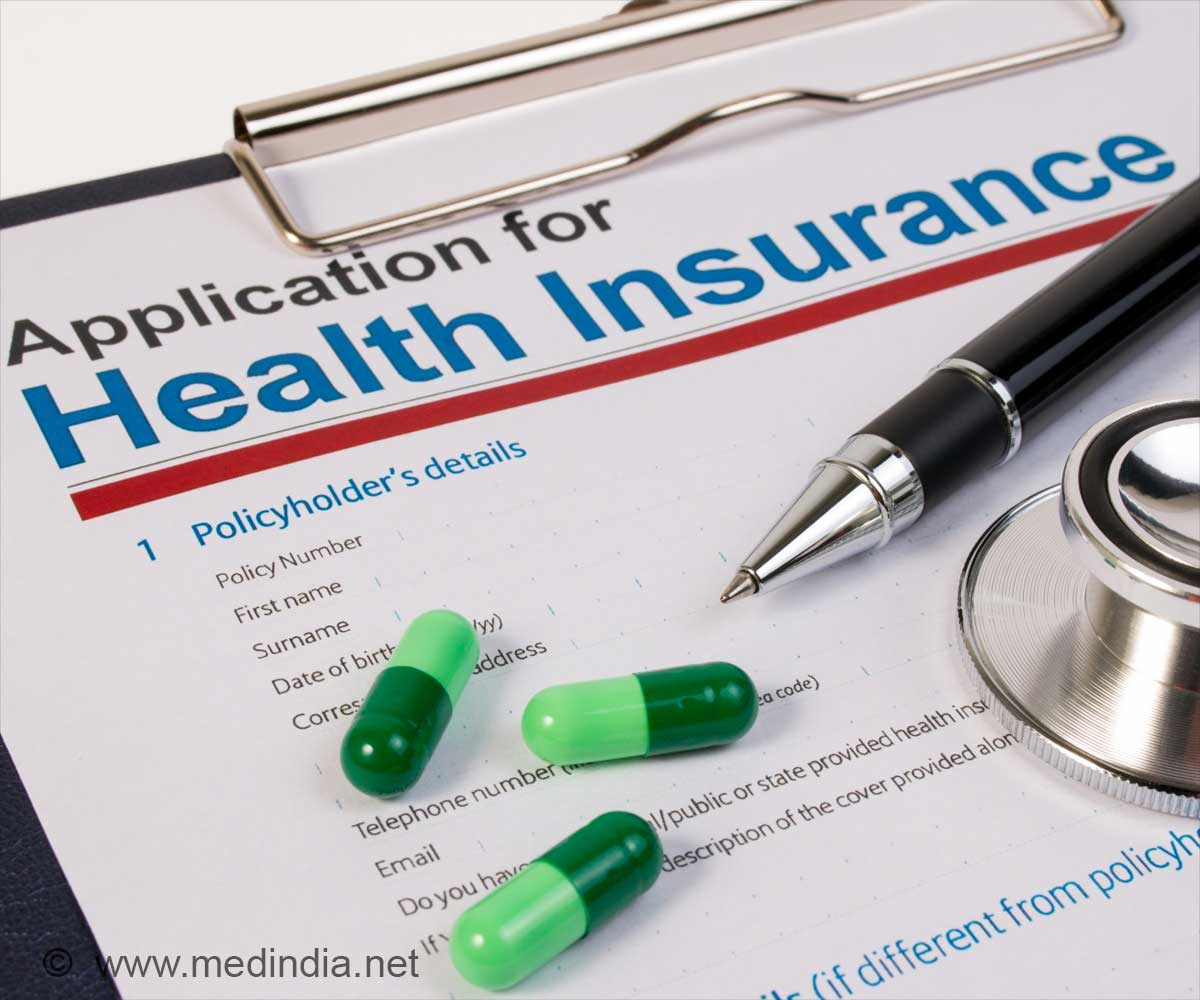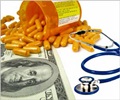
Ninety-one percent of US healthcare cost increases since 2000 have been due to the price of doctor visits, drugs, devices and administrative costs, said the report in the Journal of the American Medical Association.
"Costs have tripled in real terms over the past two decades," said the study.
The findings contradict the widely held belief that an aging population and higher demand for medical treatment are causing the prices to rise, said study author Hamilton Moses.
"Price is the culprit," he told reporters at a briefing in Washington. "Not population, demographics, or use and intensity that is driving the increase."
Moreover, many of these costs are unknown to the public and even doctors themselves until after the services have already been rendered, said Moses, an adjunct professor of neurology and former chief physician of The Johns Hopkins Hospital.
Advertisement
"This is not a market. It is far from a market," said Moses. "Few prices are known. They are not well-publicized."
Advertisement
Reference pricing is used in many European countries, including France, Denmark, Finland, Germany and Italy.
If the United States were to adopt this strategy, it is "likely to be quite effective, having been effective in other countries," said Moses.
The study showed that US healthcare expenditures were $2.7 trillion in 2011. Health's proportion of GDP doubled between 1980 and 2011 to 17.9 percent.
Meanwhile, government funding for health care increased from 31 percent in 1980 to 42 percent in 2011.
Chronic illnesses made up 84 percent of costs overall, and again, contrary to widely held belief, they were not only chiefly among the elderly.
In fact, researchers found that 67 percent of health spendings was on chronic illnesses in people under 65.
Other key drivers of the rise are administrative costs incurred when doctors and hospitals seek payment from insurers and individuals. These fees are rising by six percent a year, the research found.
Consumer out-of-pocket spending on insurance premiums and co-payments has fallen from 23 percent in 1980 to 11 percent in 2011.
The health care reform law spearheaded by President Barack Obama aims to insure more Americans while containing health care costs, but Moses said the true effects of that plan will not be known for years to come.
Source-AFP










